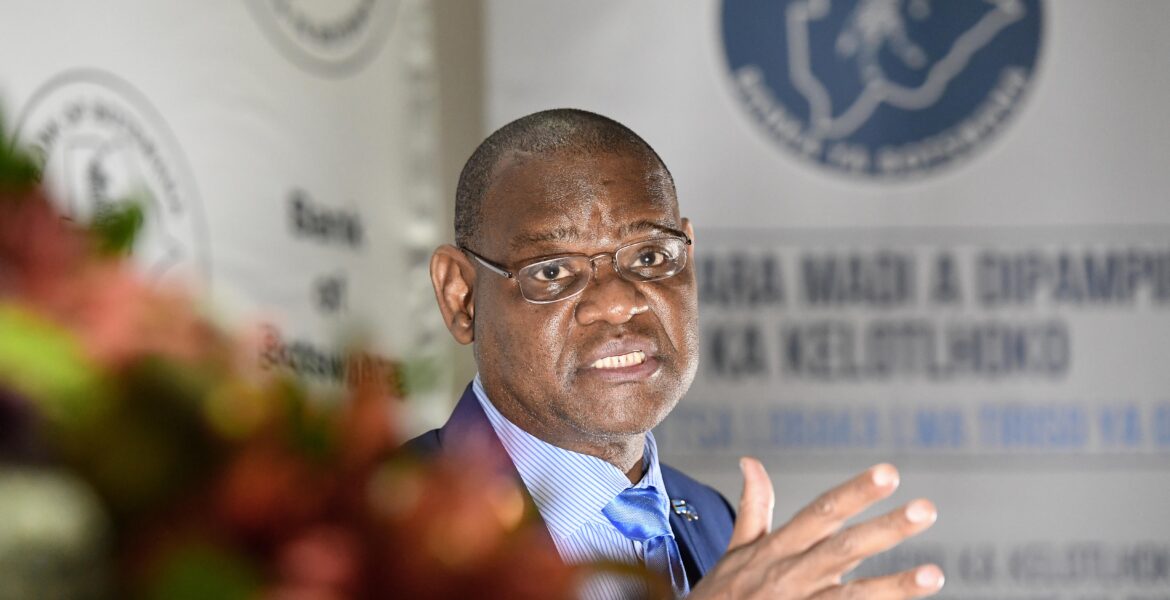GAZETTE REPORTER
At a meeting held recently, the Monetary Policy Committee (MPC) of the Bank of Botswana (BoB) decided to maintain the Monetary Policy Rate (MoPR) at 2.65 percent, this publication can reveal.
“The MPC projects that the economy will operate below full capacity in the short to medium term and, therefore, not creating any demand-driven inflationary pressures,” reads a statement reads released by the MPC.
“The projected elevated inflation in the short term is primarily due to supply-side factors and related second-round effects and entrenched expectations (including, through price adjustments by businesses, contractors and property owners), while demand remains modest.
“In the circumstances, the MPC decided to maintain the MoPR at 2.65 percent to support the nascent economic recovery.”
Drop in fuel prices
The MPC notes that inflation decreased from 14.6 percent in August 2022 to 13.8 percent in September 2022, remaining above BoB’s medium-term objective range of 3 – 6 percent.
“The fall in inflation is partly due to the impact of the downward adjustment of domestic fuel prices in September 2022,” says the statement.
“The MPC projects that inflation will remain above the objective range into the medium term but trend downwards from the fourth quarter of 2022 and fall within the objective range from the third quarter of 2024.”
According to the statement, the projected decrease in inflation in the medium term is due to the dissipating impact of the earlier increases in administered prices, subdued domestic demand, current monetary policy posture, expected decrease in trading partner countries’ inflation and international commodity prices.
Potential rise in int’l commodity prices
The MPC holds that there is a significant risk that inflation could remain elevated owing to factors that include the potential increase in international commodity prices beyond current forecasts, persistence of supply and logistical constraints to production, the adverse economic and price effects of the ongoing Russia-Ukraine war, the uncertain COVID19 profile, and tensions between China and Taiwan.
On the domestic front, the MPC says the risks for higher inflation than currently projected relate to possible two annual adjustments of administered prices not included in the forecast, short-term consequences of import restrictions, second-round effects of the recent increase in administered prices, upward pressure on wages across the economy emanating from the increase in public service salaries, and entrenched expectations for higher inflation, which could lead to higher general price adjustments.
Meanwhile, the MPC says it notes the growth-enhancing economic transformation reforms and supportive macroeconomic policies currently being implemented.
Effective vaccination
“These include affordable credit, improvements in water and electricity supply, reforms to further improve the business environment and government interventions against COVID-19, including (an) effective vaccination rollout programme,” says the MPC statement.
“Against this background, enhanced productivity, innovation, increased production and the resultant competitiveness of domestic firms against imports and in international markets could contribute to lower domestic inflation.”
The MPC comprises BoB senior staff and advisers and has responsibility for guiding monetary policy within the framework and objectives set out in the annual Monetary Policy Statement. This, among others, involves setting the policy rate (Bank Rate) but may include reviewing other instruments of monetary policy.

